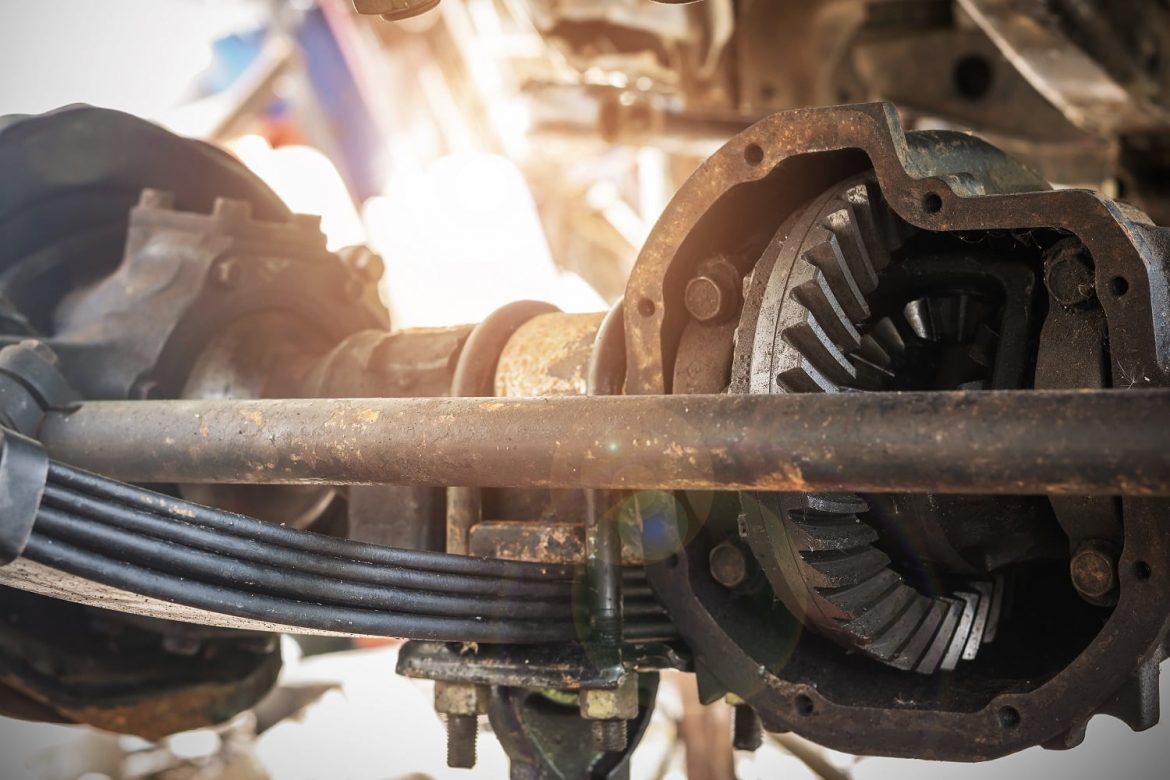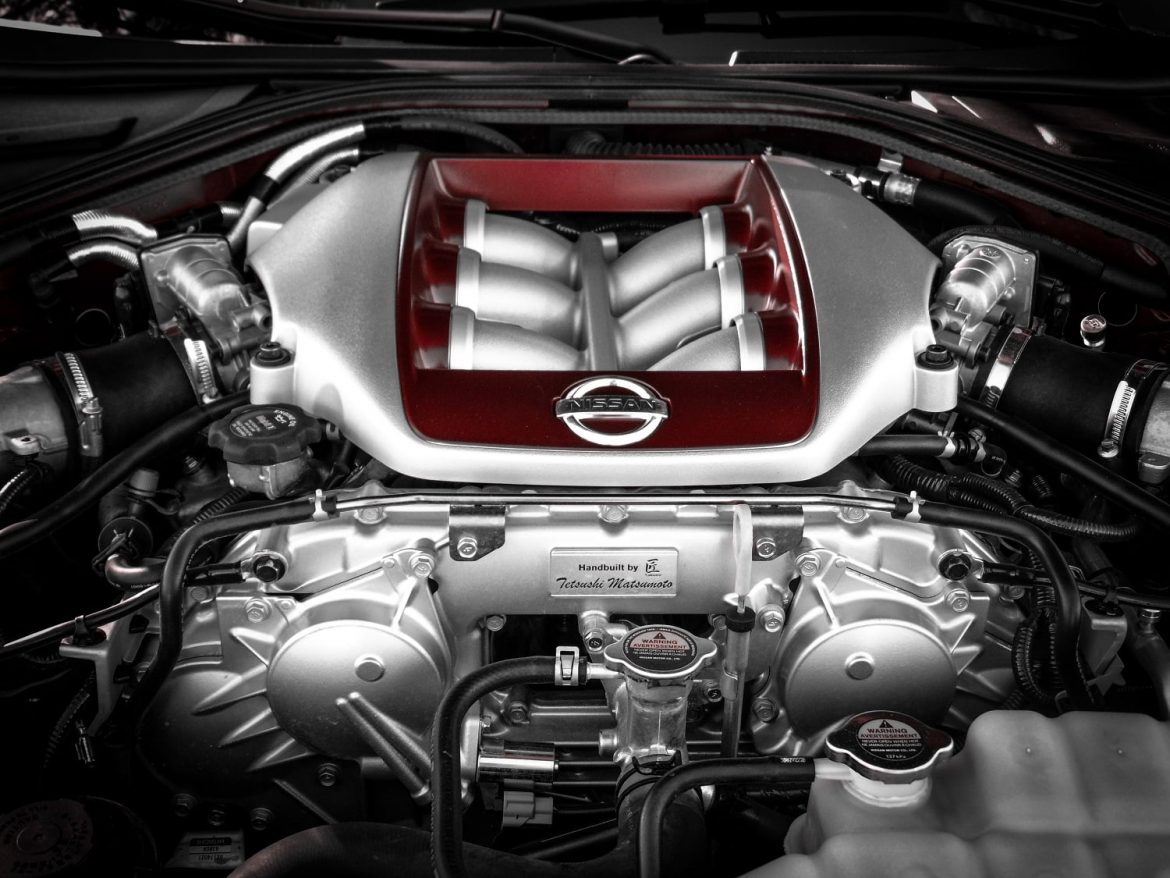Bleeding your brakes, or flushing your brakes is something we recommend doing often in your vehicle. Even if your owner’s manual doesn’t tell you how often to do it, we recommend bleeding your brake system every 2 years or 30,000 miles.
Why should you bleed your brakes so often?
Because you need to stop! Unless you’re Fred Flinstone, your car’s brakes are the only thing keeping you from an annoying insurance claim. Clean brake fluid is going to keep clogs from forming in your system so the fluid pressure gets equally to all 4 corners of your car so your vehicle stops as you expect it to. Also, brake fluid is hygroscopic meaning it absorbs water. Water in your brake fluid means rust in your system and the breakdown of seals and hoses leading to leaks and problems stopping.
How do you bleed your breaks?
A few quick tips we want to point out that makes this whole procedure much simpler:
- Clean the brake fluid cap before you get started. You don’t want to make things worse while you’re bleeding your brakes! Clean everything around and above your brake fluid reservoir and make sure to keep things away from the opening any time you’ve got the cap off. There are some very small openings in your braking system that even a tiny piece of sand can clog so being meticulous can avoid headaches later.
- Use the right fluid! Most braking systems have the fluid required printed right on the cap so start there. Next, check out your owner’s manual as it will most likely also list the type of fluid your system will require. Most vehicles on the road today require DOT 3 or DOT 4 fluid.
- Having enough fluid on hand can make the job much simpler and lead to fewer mistakes. We recommend having 32oz of brake fluid on hand for a typical fluid flush and refill on most passenger cars and trucks.
- Don’t spill the fluid. Brake fluid is nasty stuff. It will take the paint right off your car so don’t spill! Use a funnel, pour slowly, do whatever you have to do to keep the fluid in the reservoir
- Keep the reservoir full. If you accidentally draw air into your brake fluid master cylinder you’ve got the start the whole bleed process over again and risk damaging the master cylinder. Keep a close eye on the fluid level while you’re bleeding the system and refill it before it gets to the “minimum” mark.
- Use a line wrench. Line wrenches (as we use in the video) grab the bleeder valve and can usually get them open without stripping or rounding the valve.
- Get a vacuum pump. Bleed your brakes with a friend by pumping the brake pedals works but it is very tedious. Vacuum pumps like the air zapper we used work great and are relatively inexpensive.
pictures provide by:
bleeding_your_brakes.jpg – By Wachira Wacharapthom – LIcensed by Getty Images – Original Link
BlueDevil Products can be found on Amazon.com or at AutoZone, Advance Auto Parts, O’Reilly Auto Parts, NAPA, and other major auto parts retailers.
Related Articles



